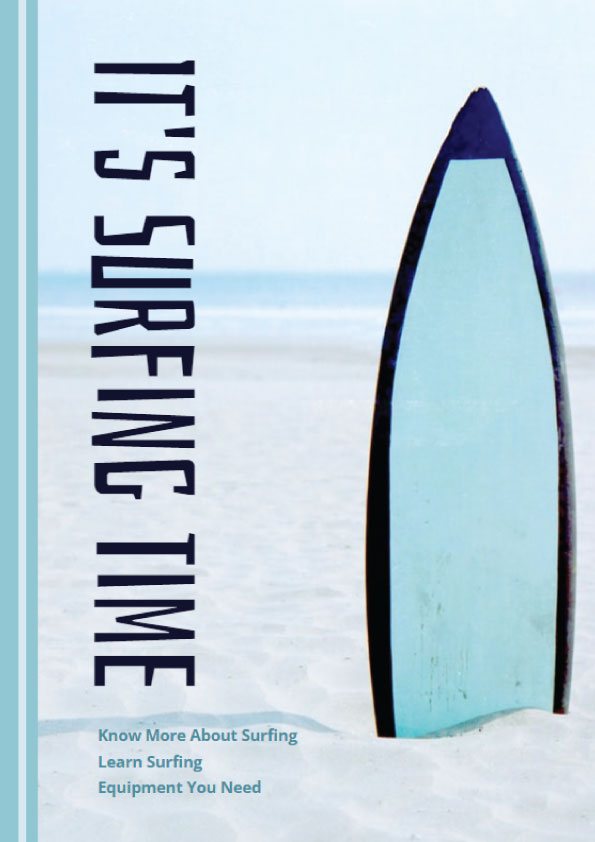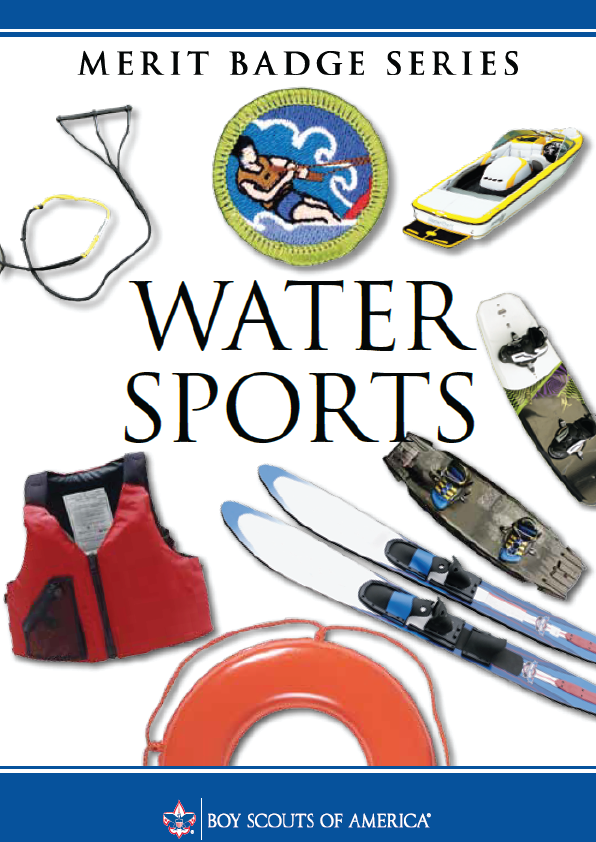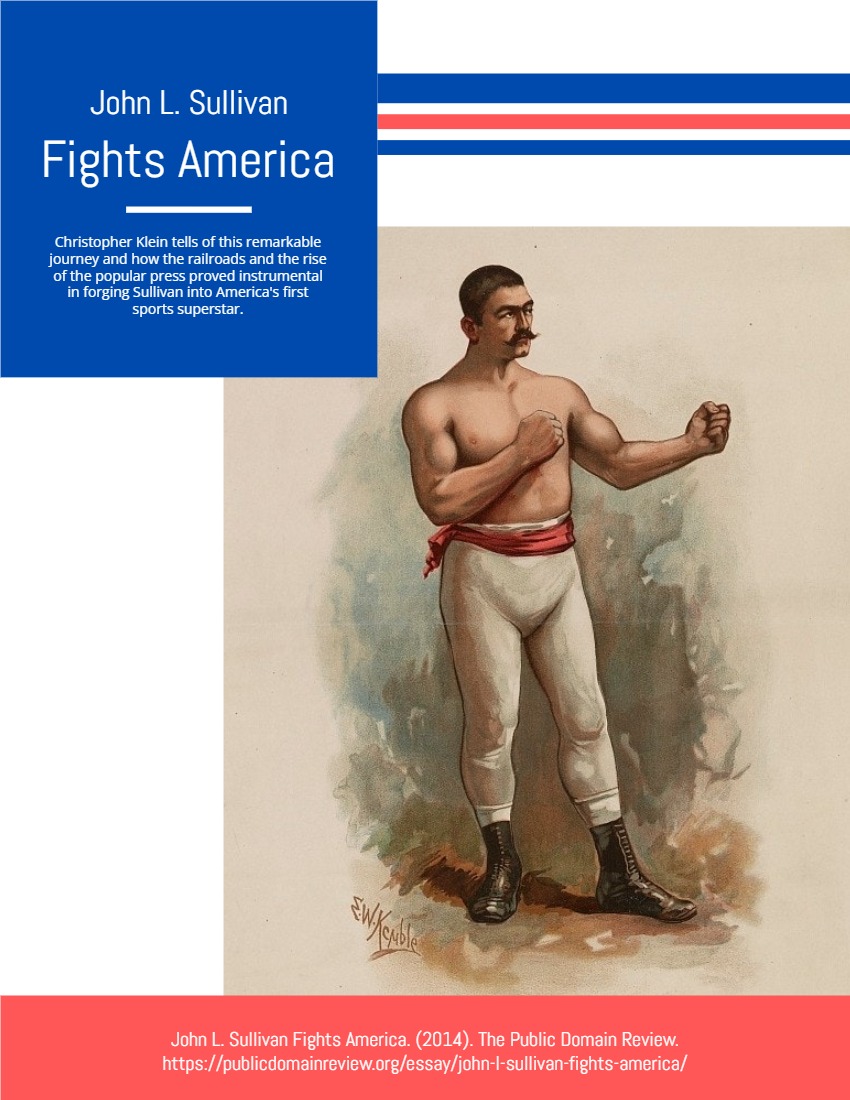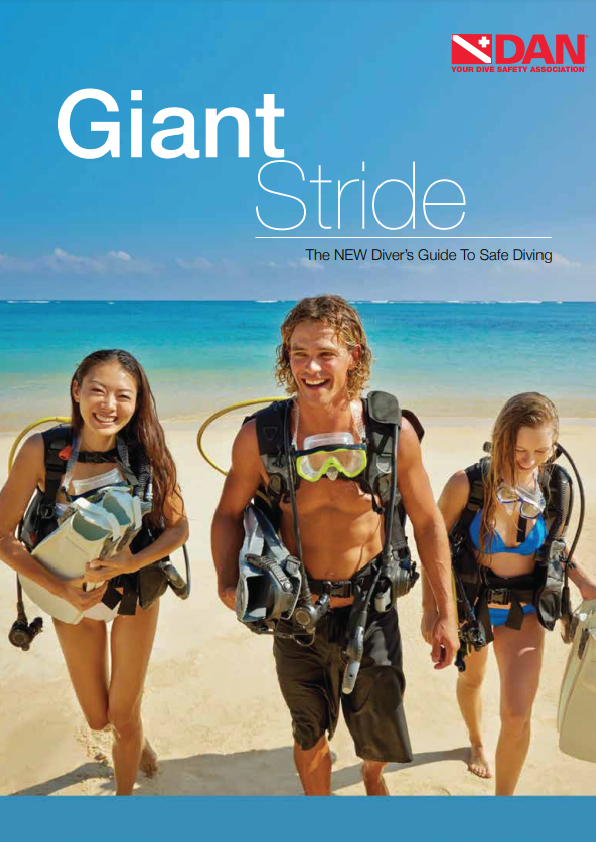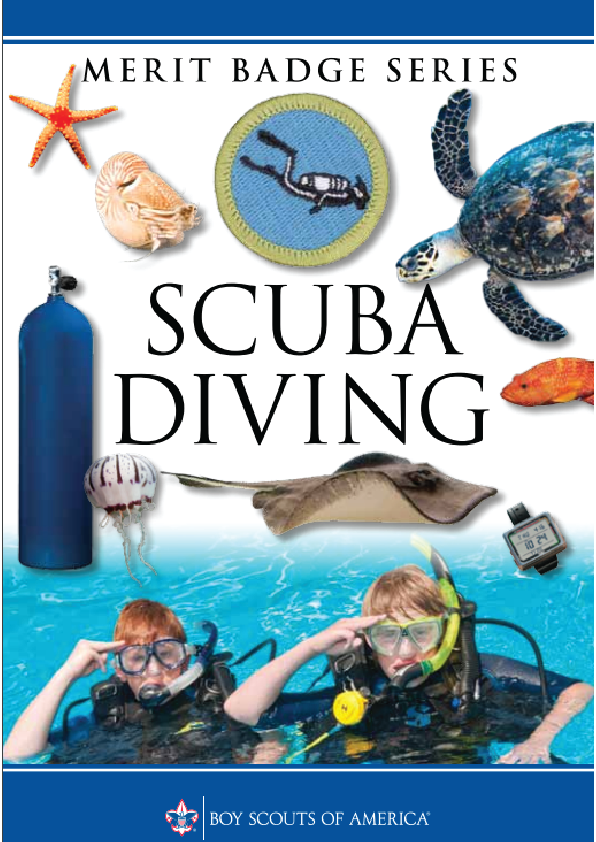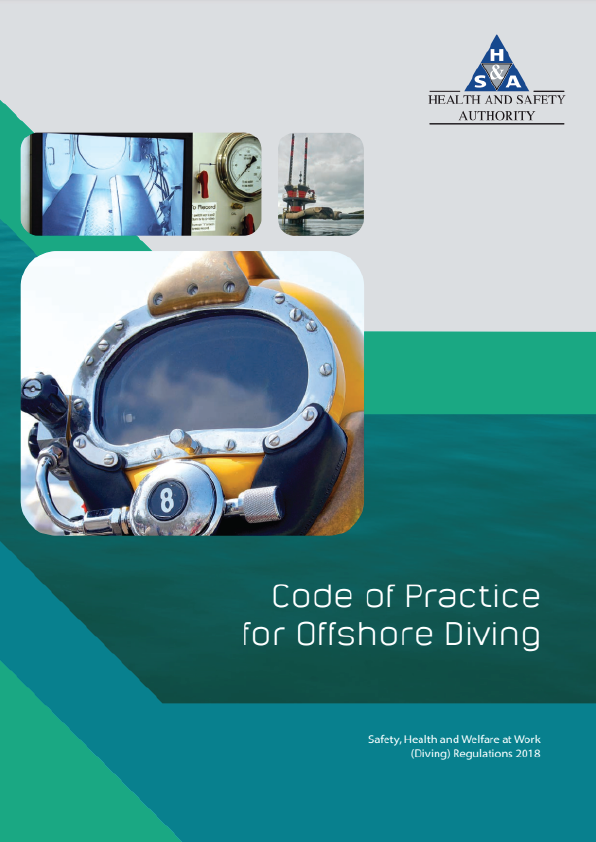What Is Surfing?
Surfing is an extreme sport powered by waves. The surfer waits prone or sitting on the board in the sea where there are suitable waves, when the suitable waves are approaching, the surfer adjusts the direction of the board, prone on the board and paddles in the direction of the waves, giving the board enough speed to keep the board in front of the waves.
When the wave is pushing the board, the surfer stands up, stands naturally with both legs in front and behind, knees slightly bent, and uses the body weight, shoulders and hind legs to control the direction of the board.
Surfing is divided into different categories according to the type of board used. The main divisions are longboard and shortboard, and official competitions are usually held in the longboard and shortboard categories. Depending on the power used, kite surfing and windsurfing have been developed.
Origins and Early Development
It is generally believed that surfing originated in the Polynesian Islands, but there are also records of surfing in West Africa and Peru in the early days of mankind, while the development of modern surfing originated in the Hawaiian Islands of the United States.
Surfing is an important activity in the Polynesian culture. Many European explorers witnessed surfing in Polynesia. The British explorer Samuel Wallis arrived in Polynesia in June 1767 and observed waves near Tahiti.
Modern surfing developed in the early 1890s, when a group of white sportsmen formed the Outrigger Canoe Club on Waikiki Beach in 1908 and became a strong advocate of canoeing and surfing. In the same year, Duke Kahanamoku, Knute Cottrell, and Ken Winter officially founded the surf club Hui Nalu in Hawaii, which is considered to be the beginning of the modern surfing organization.
In 1912, Kahanamoku won the 100m freestyle championship for the United States at the Stockholm Olympics, and later visited the world as a citizen ambassador of Hawaii and promoted surfing, and is considered the unofficial founder of surfing in Hawaii. Since then, surfing has spread around the world.
A Variety Of Surfboards
Surfing is divided into different categories according to the type of surfboard used. The main division is longboard and shortboard, and official competitions are usually held in the longboard and shortboard categories, as well as funboard, gun board and fish board.
Longboard
The length of a longboard is usually between 8’6-10′, and it was originally used for surfing. Although the internal construction materials have changed over the years, the basic design has remained the same. A longboard is a relatively long surfboard, and the longer length provides the advantage of stability and ease of use. With more room to stand firm and a larger area on the water, surfers have better stability and easier paddling on a longboard, which is beneficial for surfing beginners.
Shortboards
Shortboards are generally less than 7 feet long and although they are a bit difficult for beginners to learn, they offer more freedom for surfers. The aerodynamic shape and design of the shortboard gives the board better dynamics and flexibility, allowing surfers to make more ornamental stances.
Fish boards
A fish board is similar in length to a shortboard, with a generally wide nose shape that tapers towards the tail. The tail of the board has the iconic swallowtail logo, and most of the boards have a double or quad fin design. Fish boards have a large water displacement and a gentler curve than typical shortboards, which gives them more maneuverability than longboards while not being as strenuous as shortboards.
Gun board
The gun board is similar in length to the longboard, but it is narrower, making it easier to paddle into bigger waves and easier to control on steeper walls.
Gun board
The gun board is similar in length to the longboard, but it is narrower, making it easier to paddle into bigger waves and easier to control on steeper walls.
How To Start Surfing?
Surfing Action
Surfing generally consists of four consecutive actions: wave watching (waiting for waves), paddling, riding, and surfing.
Wave watching is the process of waiting for a wave before surfing by riding or prostrating on a surfboard. This process requires paying attention to the ocean’s swell and finding the right wave in the wave group. After waiting for the right wave, you quickly adjust the board orientation and paddle with your hands on both sides of the board to increase the speed of the ride.
After reaching a speed of one degree, hold the board with both hands and ride quickly. After the start, one foot is usually in front and one foot is behind, with the center of gravity in the middle of the board, relying on the power of the waves to move forward and surf.
Equipment Selection
The main equipment for surfing are surfboard, footrope, fin, wax and surfing clothes.
Generally, when choosing a surfboard, begin with a long board, which is more buoyant and can be used by novice surfers to reduce their frustration. After you have a certain foundation, you can try a Fun board or a gun board to advance.
The footrope is a rope that connects the end of the board to the surfers’ rear foot, which helps surfers find the board as soon as possible after falling off the board. Generally speaking, the length of the footrope is the same as the board length, too long footrope will bring extra trouble, such as when the footrope trips over your own feet during the ride. The fins are installed at the back and bottom of the board, and their main purpose is to guide the current and ensure the forward direction of the board.
Depending on the number of fins, there are single fins, double fins, triple fins and quad fins. Wax is the equipment applied to the board to increase the friction of the board surface, thus reducing the difficulty of riding. The more common way to apply wax is to use a hard wax for the base, and then apply a softer wax for the top, which has the advantage that the softer wax can have a better feel.
The choice of surf clothing varies from person to person. Generally speaking, novice surfers will choose an anti-abrasion top, as each ride will cause friction between the chest and the board surface. In addition, in winter surfing, surfers will choose a snug fitting cold suit.
Surfing Competition
WSL Championship Tour
The WTC is organized by the World Surf League (WSL) . It is an annual touring event with 34 of the best surfers from the previous year and 2 invited surfers, for a total of 36 top surfers. There are about 11 events throughout the year, and after deducting the 2 worst scores, the scores from the remaining 9 events are added together to get the final ranking of the participants, the highest of which is considered the world champion. Since surfing is limited by the right weather and wave conditions, there is no set date for each event.
Surfing at the Summer Olympics
Olympic surfing is a 4-person competition, with the best two from each heat advancing to the next round. Each heat lasts 20 to 25 minutes and each athlete can surf up to 25 waves, with the two highest scores counting towards their division total and determining their final score for the round. The finalists will be selected through preliminary rounds and qualifying rounds to chase the first and second place. The winner of the preliminary round will advance to the next round, while the loser will be eliminated.
